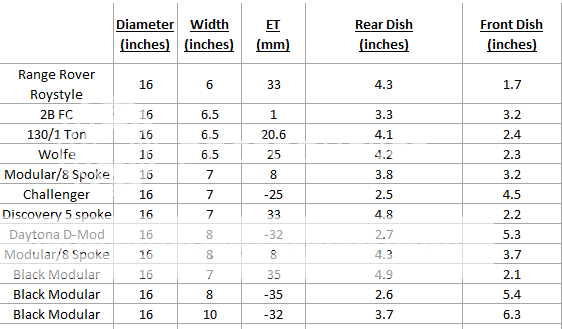300bhp/ton
Well-Known Member
- Posts
- 5,291
- Location
- Near MK
If you make the wheels stick further out, it will put more load on the bearings, so can make them fail quicker.I apologize, im just trying to get all the info i can. Just getting confused about offsets and bearings failing.
Some people are very precious about this, although the reality is it's not really a major issue unless you are going to extremes.
The argument however normally revolves around some people saying wheelspacers are bad, but different offset rims are fine. Despite both achieving the exact same thing. The reality here is, the bearing has no clue if you are using a spacer or just a different offset rim. If the relative centre line of the tyre changes by the same amount, then you'll have the same affect/risk from either solution.
As for moving the wheels more outbound. Lots and lots and lots of car makers do this. So there isn't really the need to preserve the centre line of the tyre in relation to the bearing. But different cars will respond differently, so it may be a trend to not exceed 'x' amount with some cars.
As for the bearings on your car. Well if the car is a few years old with a good number of miles on it, then moving the wheels out bound may well cause the bearings to fail. But chances are they would have done anyhow, sooner or later. If you replace the bearing it will likely last sufficiently long enough for it not to be an issue.
As for how the car may handle or drive. Yes wheel off set can affect this too. But again it isn't always the doomsday that some proclaim. In fact it rarely is. And those that are normally fully against such things are typically people that:
A) Don't run such a setup anyway
B) Likely never have, so aren't really speaking from experience
Of course this isn't always the case, so you need to make sure you read up and make your own judgement call.

